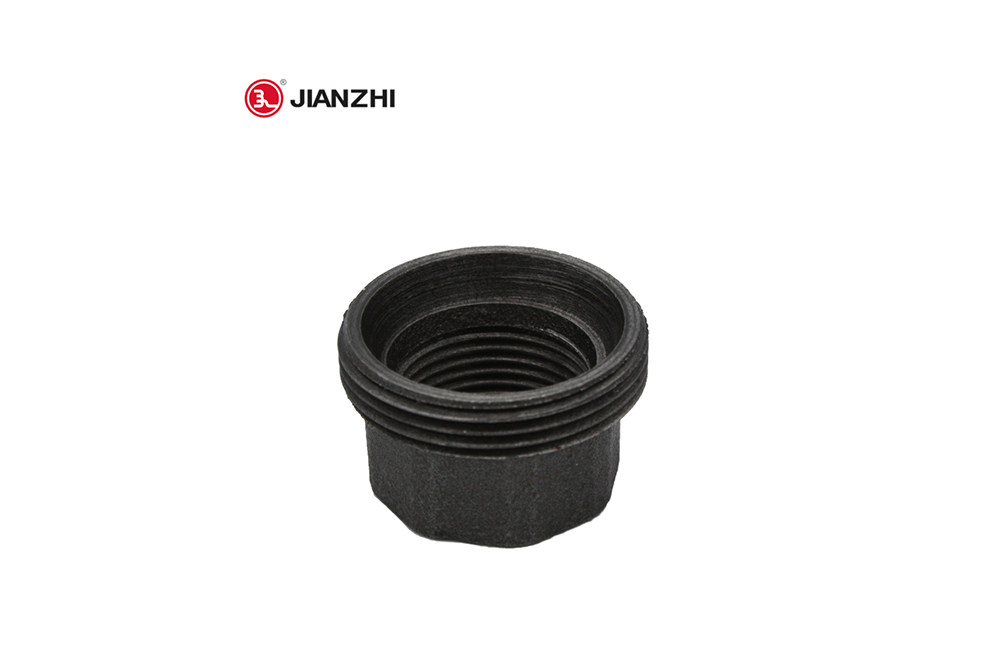1. Pipe Material
Ensure the fittings match the pipe material (e.g., cast iron, ductile iron, etc.).
2. Pipe Size
Determine the nominal pipe size (NPS) or diameter needed for your application.
3. Pressure Rating
Identify the pressure requirements of your system and choose fittings rated to handle that pressure.
4. Temperature Resistance
Consider the temperature of the fluids being transported. Ensure the fittings can withstand these temperatures.
5. Fluid Type
Assess the type of fluid (e.g., water, gas, chemicals) to select compatible materials and fittings.
6. Connection Type
Decide on the type of connections required (e.g., threaded, welded, flanged) based on your system design.
7. Corrosion Resistance
If the application involves corrosive materials, select fittings with appropriate coatings or materials to resist corrosion.
8. Application Environment
Consider environmental factors such as exposure to chemicals, moisture, and temperature variations.
9. Regulatory Standards
Ensure compliance with relevant industry standards and regulations (e.g., ASTM, ANSI).
10. Installation and Maintenance
Evaluate the ease of installation and any maintenance requirements. Some fittings may be easier to work with than others.
Conclusion
By assessing these factors, you can select the appropriate iron pipe fittings that meet the specific needs of your application, ensuring reliability and safety.

Copyright:@2020-2021
Comments Please sign in or sign up to post.
0
0 of 500 characters used